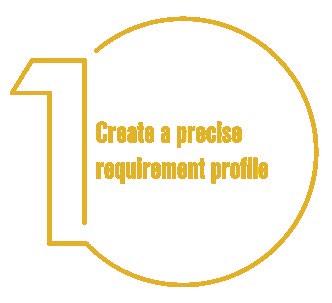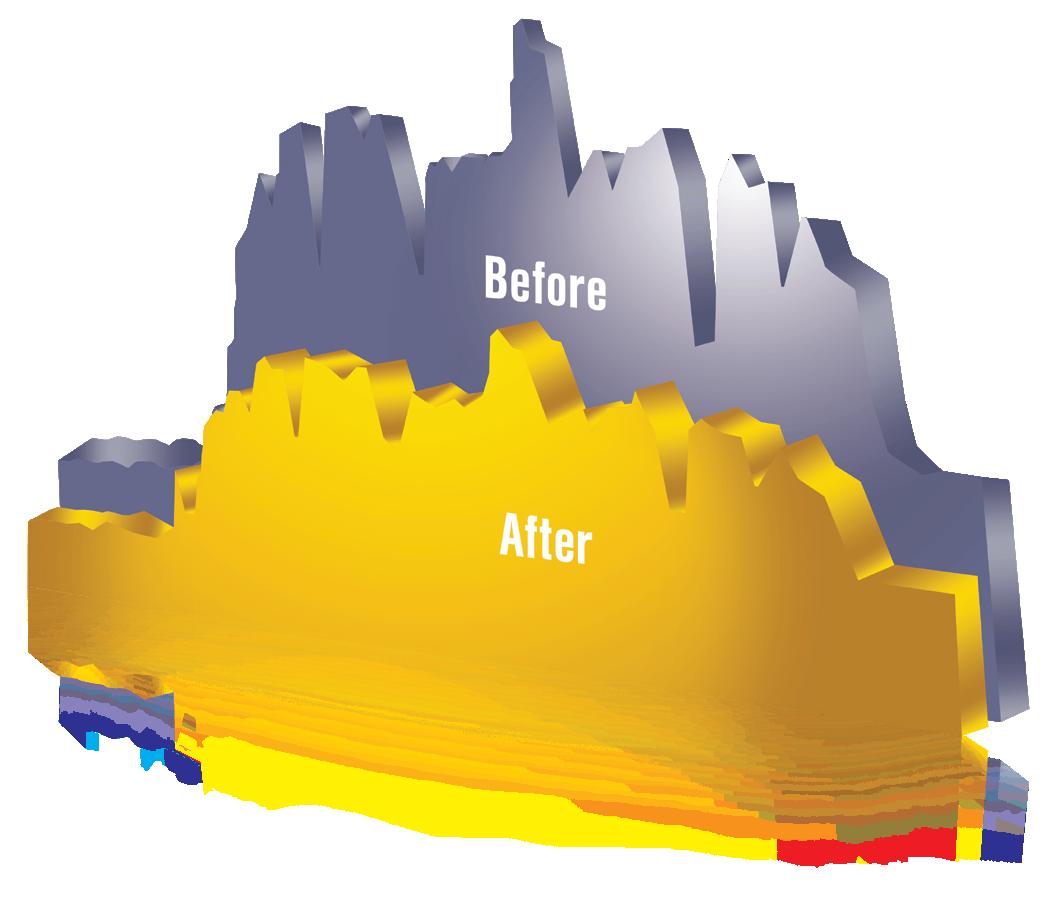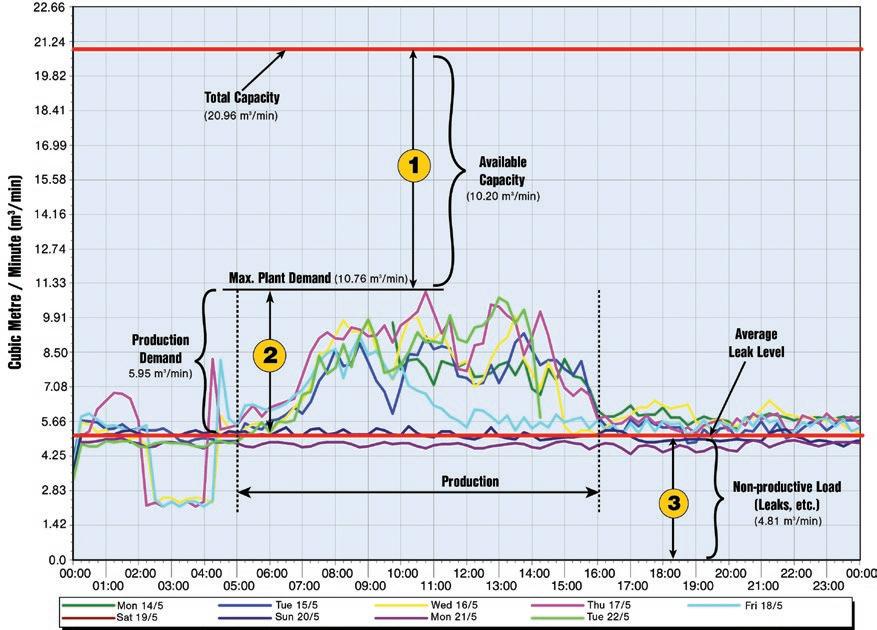
4 minute read
Get to know your compressed air system Cost effectively determining your new compressed air requirements
This article has been taken from the KAESER Australia Blog kaeserknowhow.com.au
Understanding your compressed air requirements
Like Bill, if your output doubles, you may well think that your compressed air system is no longer able to meet the new demand for compressed air this now creates. The logical step most of us would therefore take is to call our compressed air provider and ask them to quote for additional compressed air equipment. However, as Bill found out, assuming you need additional compressed air equipment may not always be correct.
How well do you know your compressed air system? The first step we recommend our customers take when they suspect they require additional compressed air equipment, is to undergo a hassle-free Air Demand Analysis (ADA).

An ADA includes the following 3 key steps;

Here we create a precise requirement profile for each of your fields of application including gathering all the necessary production parameters and conditions such as:
Air quality; what air quality is required for each application? Do you require standard blowing air or clean room quality Class 0 air according
Bill, a Maintenance Manager of a logistics centre, recently contacted us to price up a new compressed air system. He needed to double his facility’s output and assumed he needed to buy more air compressors to meet the higher demand for compressed air this would create. After a few questions we determined a new compressor might not be necessary. In this blog post we look at the steps taken after Bill’s enquiry that assisted us in not only saving Bill the cost of purchasing new compressors, but also helped him lower his existing energy consumption.
Existing components; which compressors or consumers are already installed? Are you using a master controller? What is the state of the pipe network? Are you using heat recovery? Installation location; what is the state of the supply air, air circulation and exhaust ducting? What are the space conditions like? What are the room ambients like? What is the state of the electrical supply? The answer to all of these questions should be considered.

Here measuring equipment is installed for a set period of time and continuously records the airflow by measuring the pressure differential. The information is stored in a data logger. Once retrieved, the latest technology allows precise, computeraided evaluations of the data, to generate precise consumption profiles of your system. In other words it determines what your actual air demand is throughout all operating sectors and at different loads. The advantages of undergoing an Air Demand Analysis are threefold: one; it highlights weaknesses in your existing compressed air system, two; it identifies any poorly dimensioned installations, three; it lays the groundwork for the next step towards achieving an optimal compressed air station by calculating the energysaving potential.
The data retrieved from the air demand analysis can then be evaluated using computer-aided technology.

This not only generates a precise consumption profile of your existing compressed air system, but it can then be further utilised to compare several possible
Understanding your compressed air requirements
Bill, a Maintenance Manager of a logistics centre, recently contacted us to price up a new compressed air system. He needed to double his facility’s output and assumed he needed to buy more air compressors to meet the higher demand for compressed air this would create. After a few questions we determined a new compressor might not be necessary. In this blog post we look at the steps taken after Bill’s enquiry that assisted us in not only saving Bill the cost of purchasing new compressors, but also helped him lower his existing energy consumption.

concepts in order to achieve the best possible efficiency.
Sophisticated evaluation systems, such as the KESS – KAESER Energy Saving System, also take into account the performance of the compressed air station during its overall service life. This means that any weak points in partial load operation can be detected in advance and remedied. Furthermore energy efficiency is calculated by precisely comparing power consumption with the delivery of compressed air. The most economical solution is then selected from several possible concepts.

Outcomes for Bill Through following this approach above we were able to show Bill;

• he was using only half the total air available from his existing system, • his peak production demand was under 30% of his available capacity, and • leaks, artificial demand and other nonproductive factors were responsible for most of his air consumption. And, by then implementing the subsequent recommendations, Bill was able to save the cost of purchasing new compressors and lower his energy costs. Adjacent you can see one of the graphs produced by the ADA showing actual data from Bill’s 9,290 square metre distribution centre. Conclusion By fully understanding your sites requirements and current air usage profile, a tailored compressed air system can be designed – including correctly selecting and sizing all components - that meets your unique requirements for optimum efficiency and reliability, keeping your air costs to an absolute minimum. Actual data produced by the ADA at Bill’s 9,290 square metre distribution centre
What can we show you? Save energy and money! Using ADA and KESS, our experts are able to plan and design a system that is tailored to meet all of your compressed air requirements and which will keep your air costs to an absolute minimum. Contact KAESER today to learn more!







